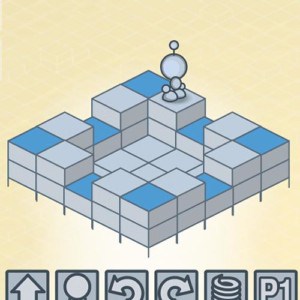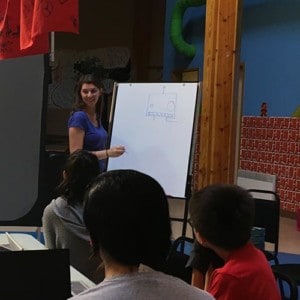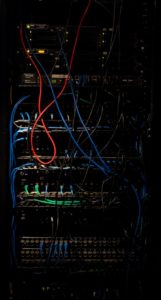Section Navigation
Introduction
Today, nearly everyone uses some sort of device, whether a laptop, tablet, cell phone or video game console. As great as these technologies are, it is important to take breaks to engage in other activities.
Learning Goals
This module aims to help youth understand that while technology is a great tool, it should not be consumed in excess. Using this taxonomy (Consume, Curate, Create) students will begin to develop the necessary skills to be critical users of technology. Students will learn that it is acceptable and encouraged to use computers and technology for fun and learning, but it is also very important to consider what they are consuming and why.
Vocabulary
Overconsumption - The action or fact of having or using too much of something to excess.
Tech Creationism - Any type of technology that enables creative expression, such as music, art, coding, podcasts, augmented reality and app development.
Fatigue - A feeling of tiredness that has a gradual onset. Unlike weakness, fatigue can be alleviated by periods of rest. Fatigue can be caused by overconsumption of technology, or being indoors for too long.
Unplug - Colloquially, to disconnect from technology.
Guiding Questions
- How many hours a day do you use technology?
- What types of technology do you use?
- Why is it important to “unplug” and take breaks from our devices?
Curriculum Links
This module provides an opportunity to address curriculum expectations in Computer Studies, Health and Wellness, and Language Arts. Students will be introduced to problems that come with excessive technology consumption, and the concept of moderation in the use of technology. This lesson is geared to students in Grades 4 to 6.
Materials
- Recording device (phone or handheld camera)
- Sticky notes
- Samples of a variety types of media (film, TV show, video game, YouTube videos…)
Non-Computer Activity
Host a conversation about what kids are watching.
Consume
- What are you watching (or listening to, playing, etc.)?
- Select a few examples of different forms of media (video game, TV, YouTube video) to screen with the students.
Curate
After watching the examples ask:
- Why are you watching this (for entertainment, to be informed, to educate)?
- Ask students guiding questions about the audio and visual elements of some of the pieces you screened (what is the narrative, how does the the pacing and editing contribute to the story, who do you think this piece of media is intended for and how can you tell?).
Exercise: Write a Film Review
This exercise will encourage students to recall details of the film/TV show (or whatever form of media chosen) and consider the cinematic language it uses. After writing their reviews, students could share their work with the class to compare various perspectives. Presenting the reviews verbally also presents an opportunity for students to consider how they communicate their ideas and reflections on a topic.
Tips for writing reviews:
- Share your honest opinions about the film, TV show or form of media the student chose.
- Provide a clear reason or an example explaining why you feel the way you do.
- Evaluate the technical aspects of the form of media: how did it look and sound?
- Evaluate the stories and profiled.
Computer Activity
Create
Create a one-minute video that shares what your Canada looks like. Your This Is My Canada video can be shot on a camera phone or other commercial camera and must be no longer than one minute in length. The opening of your video should introduce the viewer to This Is My Canada and then proceed to give a tour of your community or school and how you perceive your Canada.
Conclusion
Have students sit in a circle or back at their desks, and hand each of them two sticky notes. After making their video consider…
- Why are you making this video?
- Who is this video for?
Resources
- PBS NewsHour – Teens on being tethered to their phones and social media
- Time – Everything you wanted to know about kids and technology but were too distracted to ask
- Todays Parent – Technology in the classroom: Is it a good thing?
- Top Hat – 6 pros and cons of technology in the classroom in 2018



